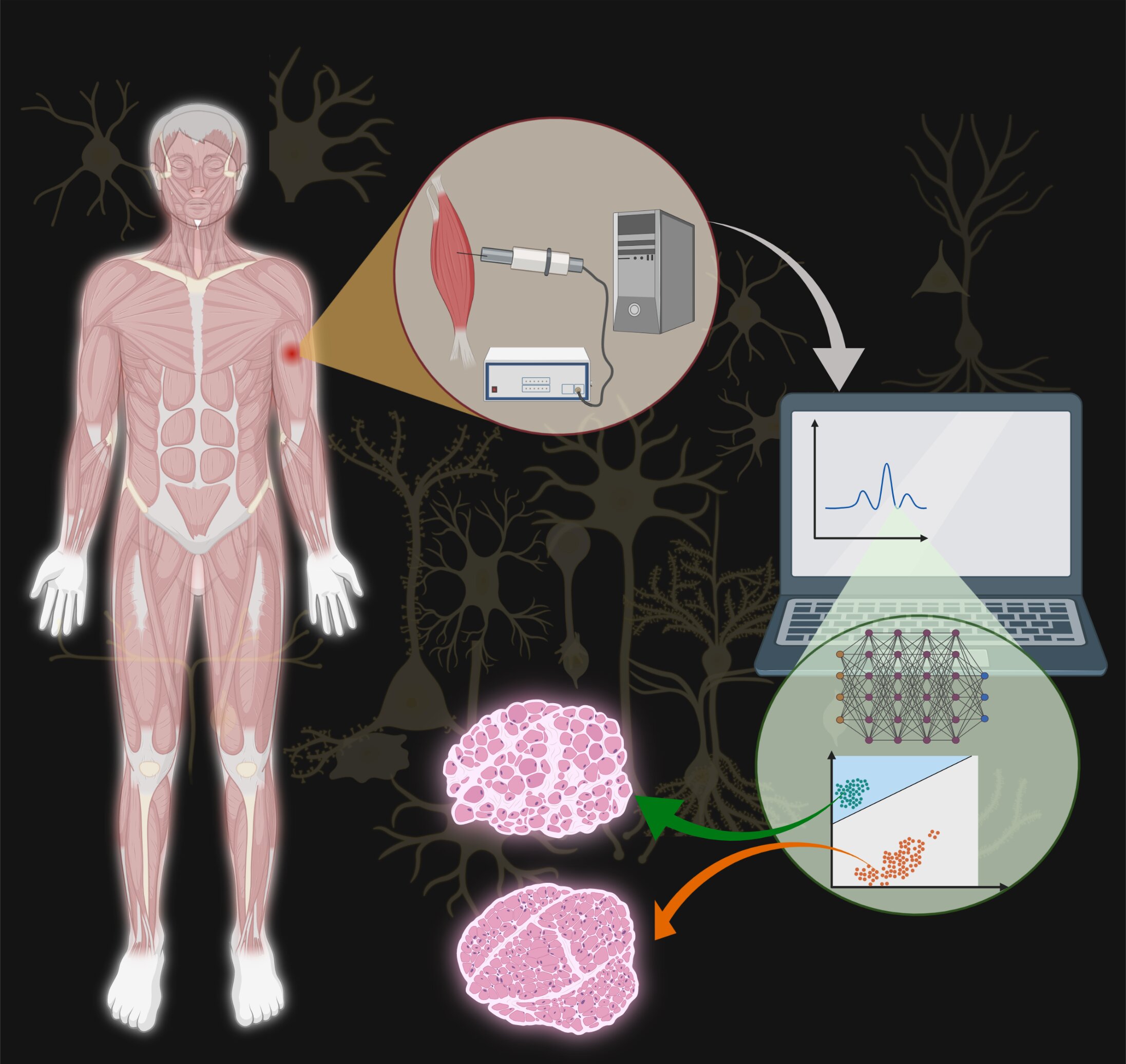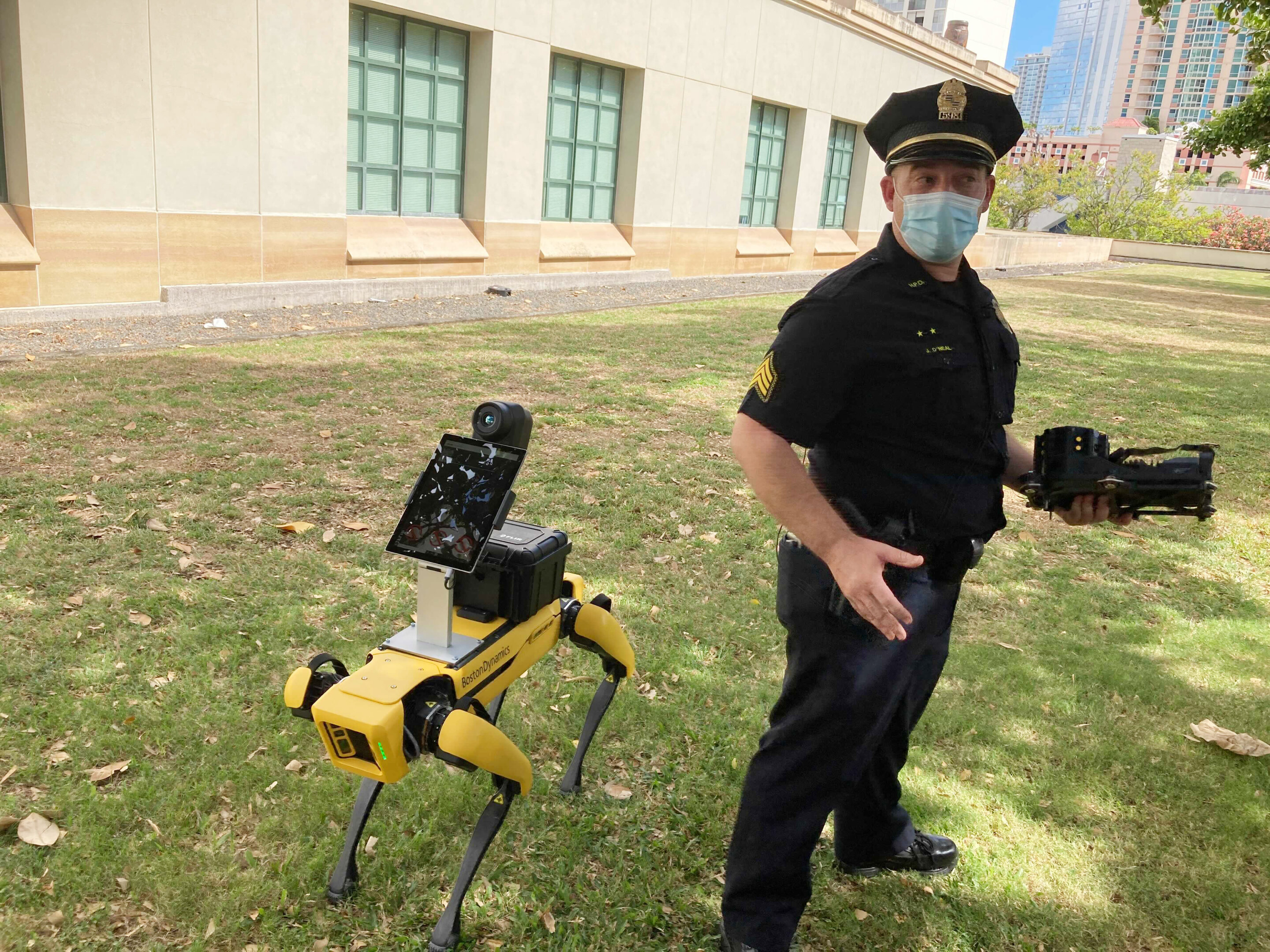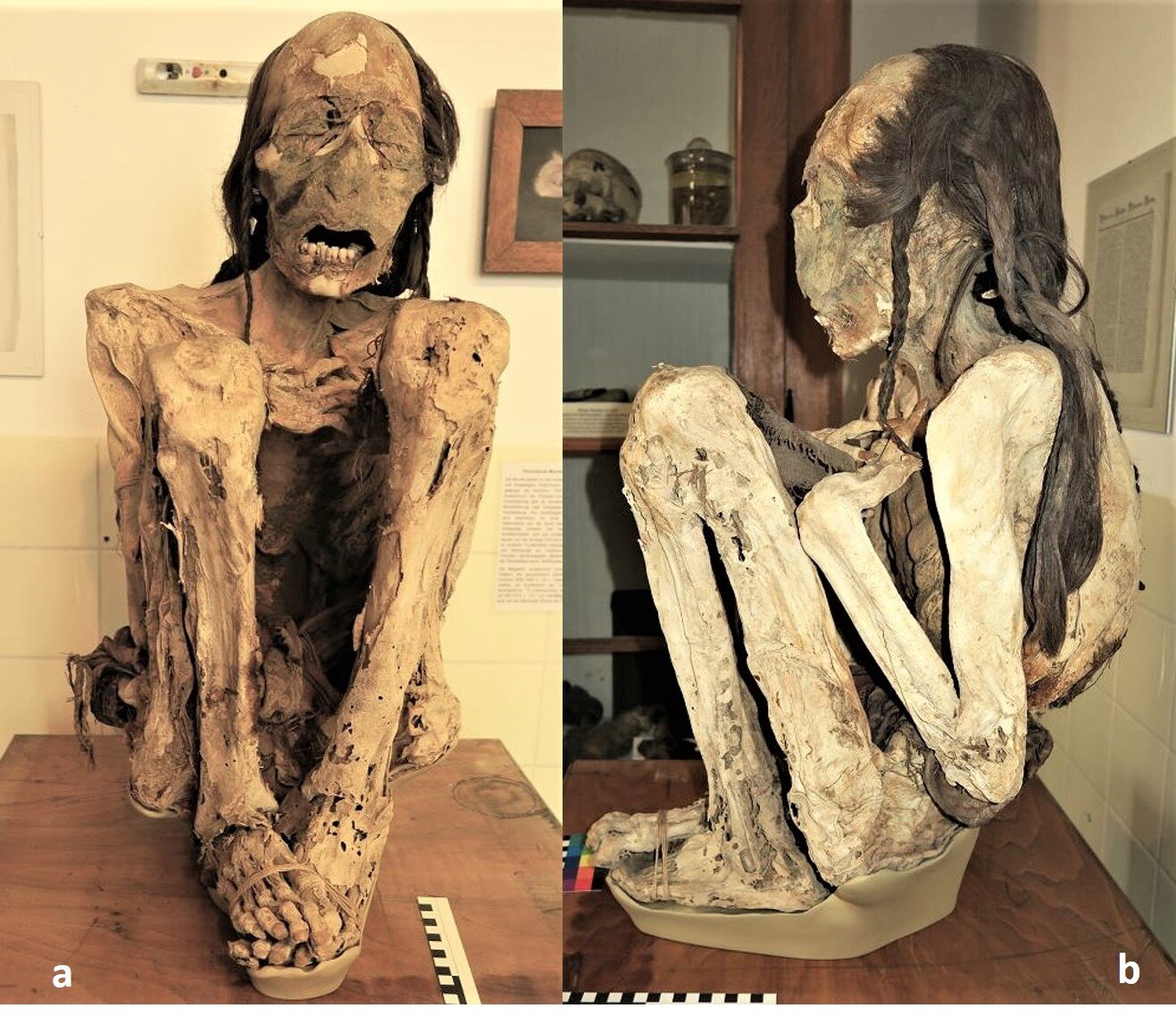#New application of intramuscular electromyography may facilitate detection of neuromuscular disorders

Table of Contents
“New application of intramuscular electromyography may facilitate detection of neuromuscular disorders”

A team of researchers has developed a promising new approach to detecting neuromuscular disorders using intramuscular electromyography (iEMG). In a pilot study, the automatic diagnostic system showed high accuracy in three muscle types and low computational time. Their article, “Intramuscular EMG classifier for detecting myopathy and neuropathy”, was published in the International Journal of Imaging Systems Technology.
The authors are Shobha Jose, Thomas George Selveraj, Jobin T. Philip, Sairamya Nanjappan Jothiraj, and Subathra Muthu Swamy Pandian from Karunya Institute of Technology and Sciences in Tamil Nadu, India, Kenneth Samuel of Eastern University in St. David’s, Pennsylvania, and Vikram Shenoy Handiru, and Easter S. Suviseshamuthu, from the Center for Mobility and Rehabilitation Engineering Research at Kessler Foundation in West Orange, New Jersey.
Invasive intramuscular EMG has been shown to be an effective tool for identifying neuromuscular abnormalities such as myopathy and neuropathy. Myopathy, a disorder of muscle fibers, and neuropathy, which reflects damage to peripheral nerves, exhibit different patterns of motor unit action potentials.
To facilitate the interpretation of these signals, the team developed an iEMG classifier framework based on a new feature called 1-Dimensional Center Symmetric Local Binary Pattern (I-D, CSLBP), which enhanced the performance of a binary (myopathy and neuropathy) classification task.
The electromyographic signals from the biceps brachii, deltoideus, and vastus medialis muscles. 25 individuals were studied: 10 healthy controls, 7 with myopathy, and 8 with neuropathy. Classification accuracy for the three muscle types exceeded 92%, and computational time was low.
“This high level of accuracy combined with a short time frame for testing indicates the potential for real-time implementation,” stated Dr. Suviseshamuthu. “Future research is needed to test the feasibility of a real-time EMG system that would aid clinicians in making quick, objective, and accurate diagnoses of these neuromuscular disorders,” he added.
Shobha Jose et al, Intramuscular EMG classifier for detecting myopathy and neuropathy, International Journal of Imaging Systems and Technology (2022). DOI: 10.1002/ima.22811
Provided by
Kessler Foundation
Citation:
New application of intramuscular electromyography may facilitate detection of neuromuscular disorders (2022, December 22)
retrieved 22 December 2022
from https://medicalxpress.com/news/2022-12-application-intramuscular-electromyography-neuromuscular-disorders.html
This document is subject to copyright. Apart from any fair dealing for the purpose of private study or research, no
part may be reproduced without the written permission. The content is provided for information purposes only.
If you liked the article, do not forget to share it with your friends. Follow us on Google News too, click on the star and choose us from your favorites.
For forums sites go to Forum.BuradaBiliyorum.Com
If you want to read more Like this articles, you can visit our Science category.



